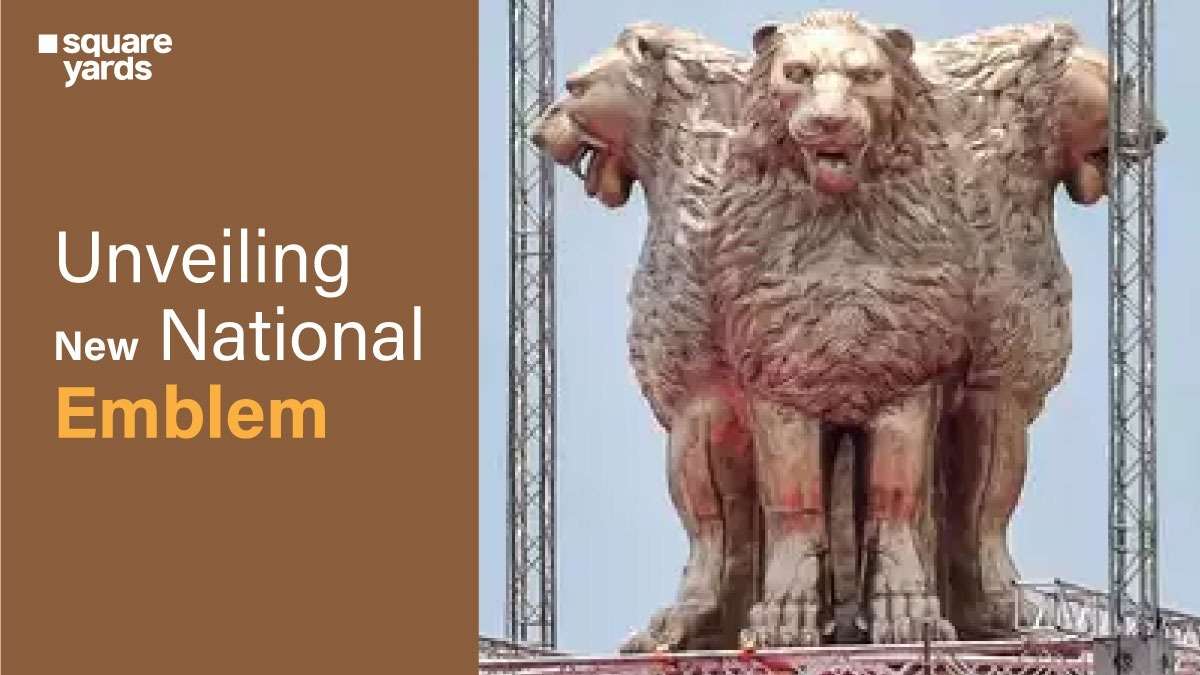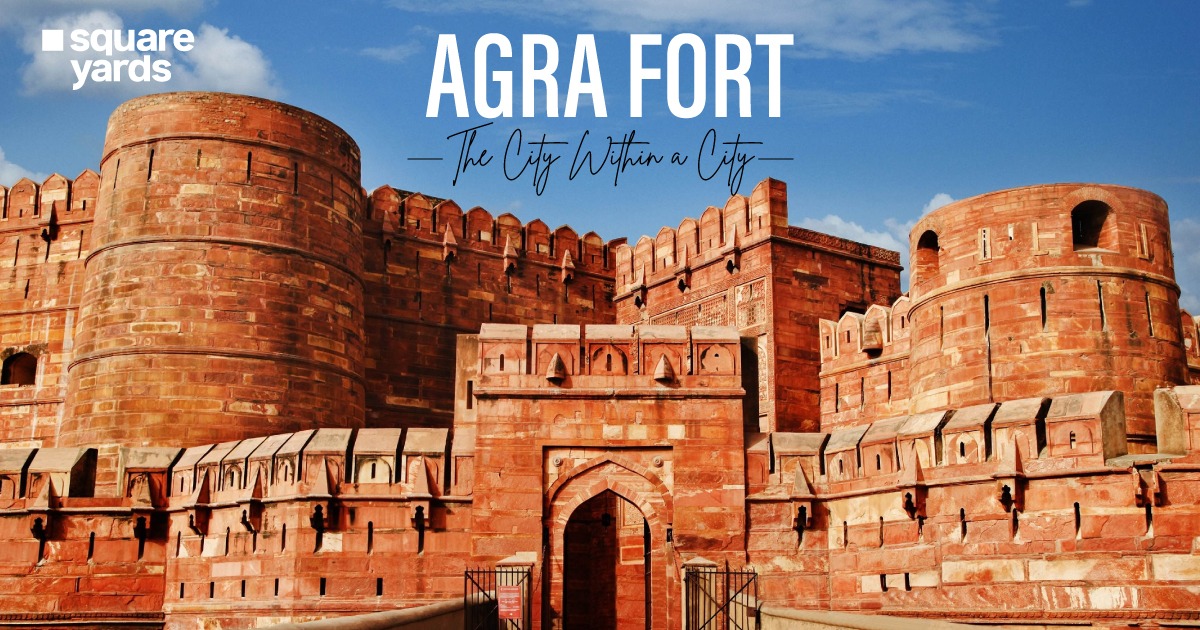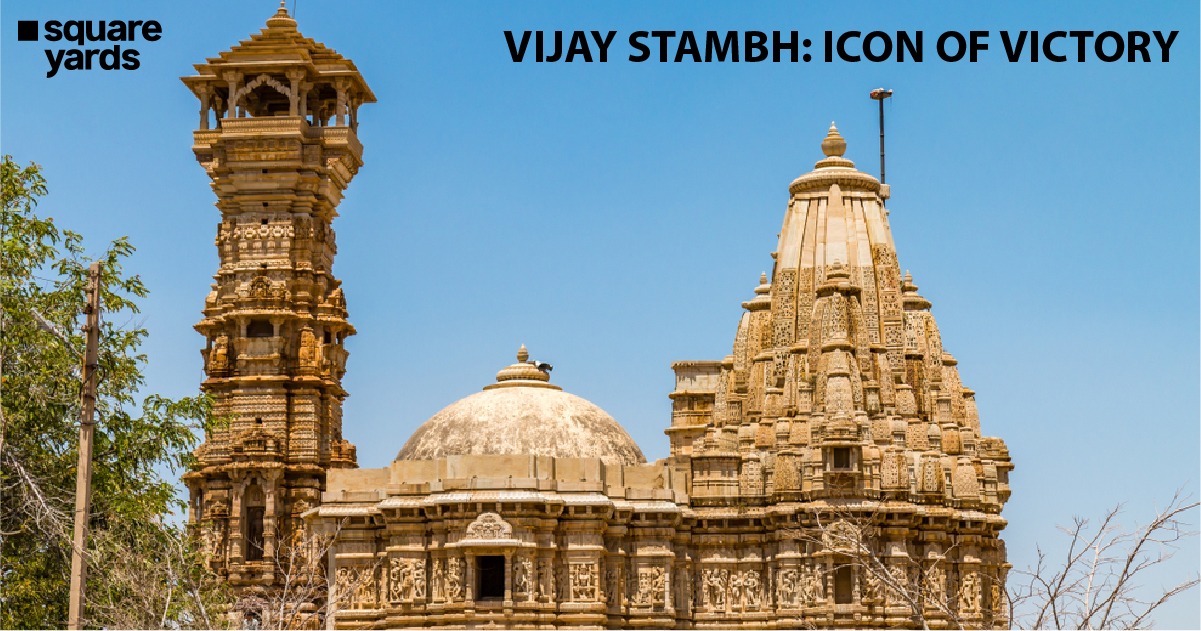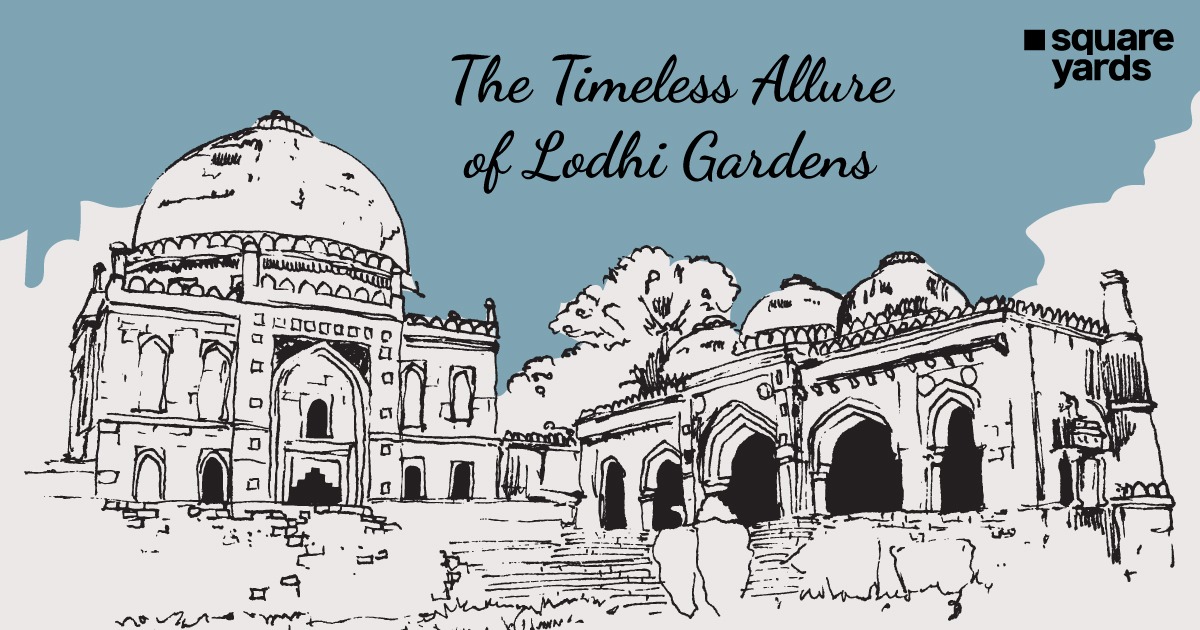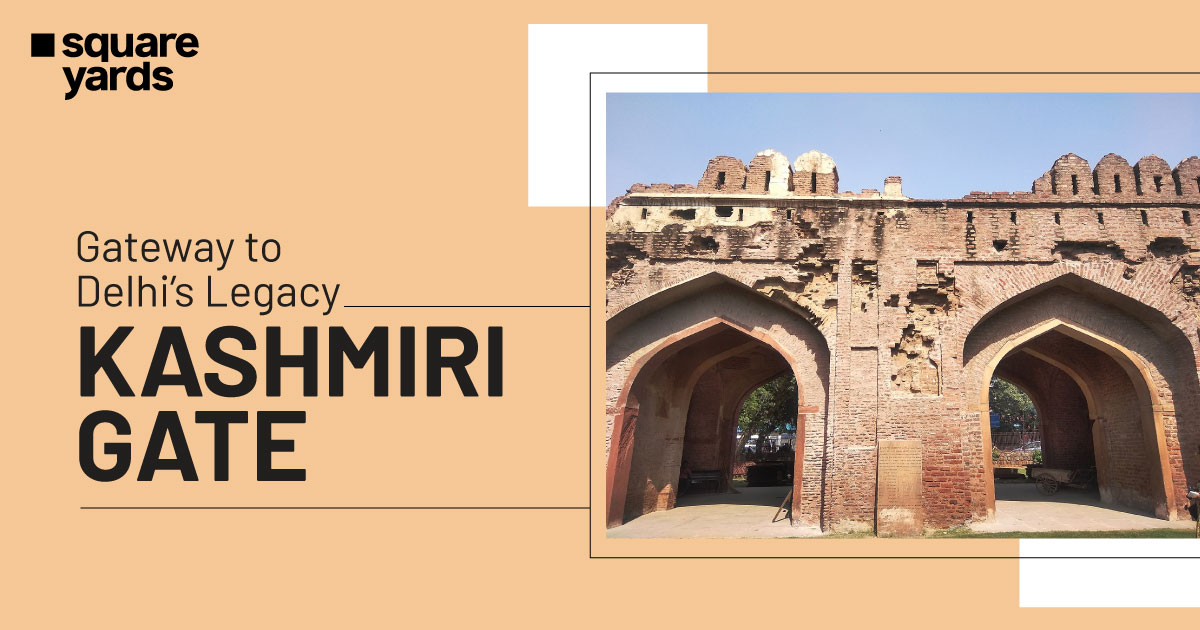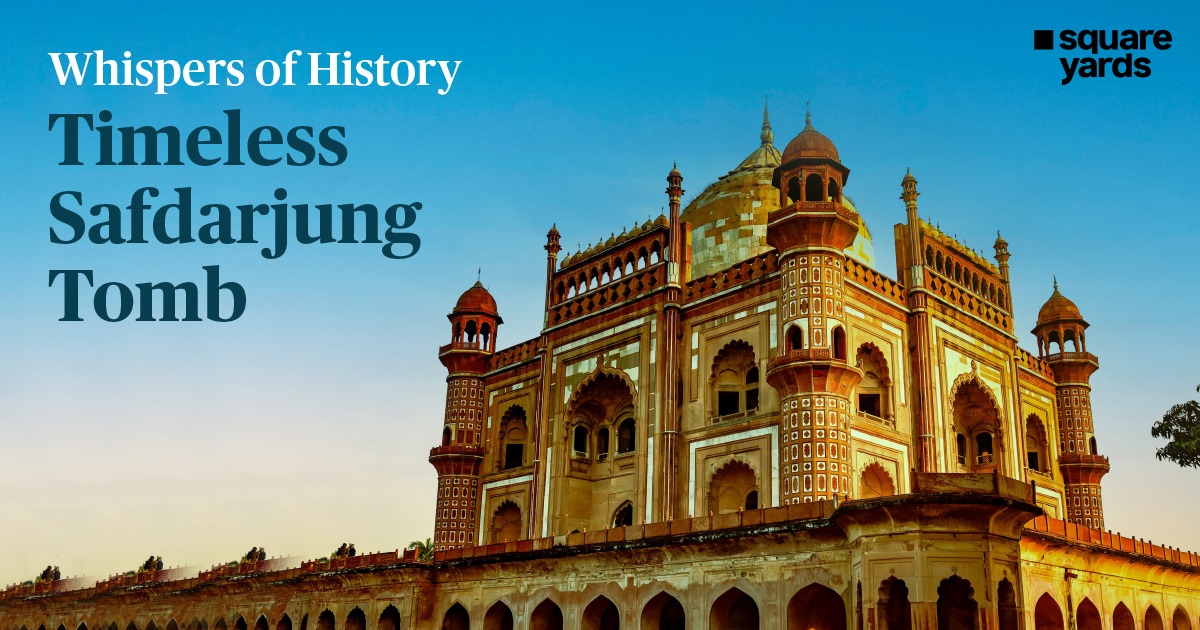The Indian National Emblem’s debut atop the new parliament building by Prime Minister Narendra Modi stands as a beacon of dominion.
“Asiatic lions, representing power, courage, confidence, and pride, were mounted on a circular base, facing each other on a single piece of yellow sandstone.”
Earlier, the lions stood majestically and peacefully embracing as “Messenger of Peace”.
Well, bygones are the days!
The newly instilled National Emblem with roaring Asiatic lions showcasing bared fangs atop the new parliament building showcases confidence and strength.
Table of contents
National Emblem Atop the New Parliament Building
The National Emblem was revealed on July 11 by Prime Minister Narendra Modi and was cast onto the dome of the New Parliament Building. The National Emblem is a bronze sculpture that is 6.5 metres tall and weighs about 9,500 KG. The structure is instilled on top of the Central Foyer, supported by a structure that weighs about 6,500 KG.
According to the official statement, there were eight steps of preparation for the concept sketch towards the final casting of the national emblem. Every step was put forward precisely through bronze casting and polishing, from clay modelling to advanced computer graphics.
Matter of Political Controversy and Criticism
Certain suspects jumped at the chance to criticise the cast for respective reasons as soon as social media rumours of the cast’s reveal surfaced. Advocate Prashant Bhushan said the lion’s faces on the logo had been changed from peace to anger. In his comment, he added, “From our national emblem, which features lions sitting magnificently and quietly, to the new national emblem presented for the top of the new Parliament building portraying angry lions with bared fangs. This is the India of Modi!”
Congress figurehead Srinivas BV also mentioned the claimed alteration. He took social media to post two images of the National Emblem, the first with the lions “not roaring” and the second with them roaring. “Seeing ancient and new Ashoka Stambha shows what has happened in the country since 1950,” he remarked.
Political leaders and one of the renowned faces of Bollywood, Mona Ambegaonkar, who is also an alleged activist, said, “ transposing the National Emblem is no less than a Treason.”
Sanjay Bafna, a member of the Congress Party, remarked, “Modi, it’s for you. The tranquil, serene Asiatic lions carved on Ashoka Pillar are not terrifying. The one present atop the Parliament building are enraged. He added, “ this sculpture is an insulting act towards our Constitution as well as the National Emblem.”
The National Emblem
The Lion Capital of the crowned head Ashoka in Sarnath inspired the design of the national anthem. In the ancient Ashoka Stambha, a circular abacus is topped with four lions mounted back-to-back. A bell-shaped lotus supports it. Dharma Chakras divide statues of an elephant, a horse, a bull, and a lion. Only three lions are visible on the abacus: a bull on the right, a horse on the left, and a Dharma Chakra in the centre.
On January 26, 1950, India officially adopted this depiction of the Lion Capital as its national emblem. The official adaptation of the Ashok Stambha as the national emblem left out the bell-shaped lotus. Below the Lion Capital, the words “Satyameva Jayate” have been carved, which translates to “Truth Alone Triumphs,” written in Devanagari script.
Are People Right About the Change in Symbolic Order?
The National Emblem has allegedly been “modified” by the Indian government to make it appear enraged and furious with obvious “fangs,” according to the liberals. They also released images of a statue of the National Emblem with a “calmer” expression, and no teeth could be seen. However, if you look at the original Lion Capital, which belongs to Sarnath, constructed over 2,300 years ago, it is noticeable that the mouths of the lions are open, and the fangs are visible.
Changing Code of the Flag a Less Noticed Modification
A second, less obvious modification to our national symbols goes along with this one. The government recently amended the Flag Code of India to include polyester flags prepared through machines. That breaks the final connection Mahatma Gandhi had with the national flag. Bapu was behind the earlier iterations of the Indian flag to produce the tricolour we see today. The centre charkha was his unique endowment to it. The Constituent Assembly replaced the charkha symbol with the chakra, borrowed from the dharmachakra. However, Mahatma Gandhi’s last principle was still present in the Flag Code: “The Indian National Flag must be made through hand prepared wool, or shimmery silk, or khadi bunting.”
The Code was mostly observed in its violation, as are most codes. The nation is overrun by plastic tricolours, primarily prepared in China, and tricolour flags made of mill-carved fabric, which are undoubtedly made of cotton that has undergone genetic modification. However, the Code required all khadi tirangas used by the government and other officials to be purchased from the Karnataka Khadi Gramodyoga Samyukta Sangha, which was authorised to produce and distribute the national flag. In addition to its symbolic and emotional significance, it provided thousands of people with a means of subsistence.


